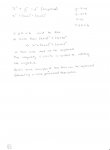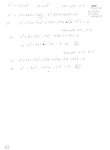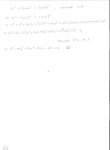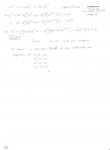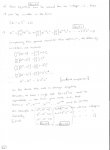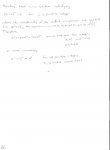richieroooo
New member
- Joined
- Dec 22, 2013
- Messages
- 1
I and a few friends can't spot a mistake in the short version of FLT I've tried here. Please explain where I've gone wrong as this looks really simple, probably too simple?! You really only need to read the attached pages 1&5, but the other pages give clarifying examples.
Thanks for your time and help,
Rich
Thanks for your time and help,
Rich

